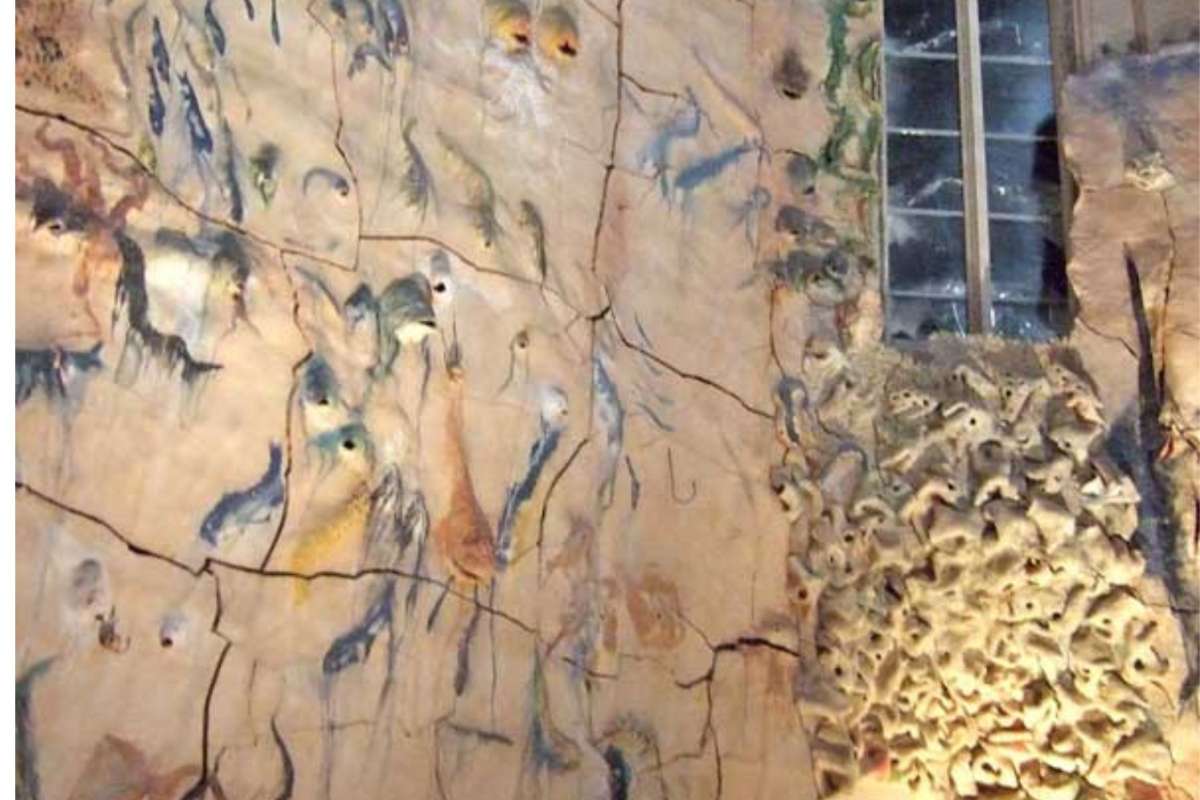
The legacy of Miquel Barceló in Palma Cathedral
Fruits, marine animals, seaweed, rocky forms, vegetation, and the figures of monkeys inspired by Miquel Barceló's African experience. The Chapel of the Santísimo in the Seu of Mallorca is the legacy of this Mallorcan artist to his island and to all those who admire his work inside the Cathedral every day.
The First Steps of the Chapel of the Santísimo
It has been 20 years since the process to renovate the Chapel of San Pedro in the Cathedral, adorned with a neoclassical altarpiece, began. Miquel Barceló, an Honorary Doctorate of the UIB, was chosen to carry out the work.
The initial steps involved dismantling the 19th-century altarpiece and creating a chapel with a central theme focusing on the miracle of the multiplication of loaves and fishes, including the first miracle according to Christian texts: the conversion of water into wine at the wedding in Cana.
To bring the mural to life, Miquel Barceló traveled to Vietri Sul Mare, Italy, where ceramic artist Vincenzo Santoriello was located. There, the pieces of an immense puzzle were designed and crafted, eventually taking their final form in the Cathedral.
Simultaneously, the design of liturgical furniture, also created by Barceló, was approved. It includes two choir chairs for the Ferial Choir, the Altar, the Ambo, and the presidential chair. All of them feature minimalist lines, and the material used is Binissalem stone.
The Second Phase of Miquel Barceló's Chapel
In the second phase of Miquel Barceló's Chapel, stained glass windows were designed. Initially, the artist proposed tertiary colors, earthy tones, oranges, and browns. However, he changed his mind when considering that the abundance of light coming in was dazzling to the viewer, preventing them from appreciating the details of the mural.
In the end, he opted for the Grisaille technique, based on monochromatic painting. Miquel Barceló used his fingers on the stained glass, creating grooves representing seaweed and waves, with the intention of depicting the seabed. In fact, the artist's intent was for the viewer to feel as though they were underwater and fully immersed in the work.
In this way, as numerous experts point out, the atmosphere created reinforces the Eucharistic sense of the Chapel. In fact, the whole central apse of the Seu is presented to the public as a triptych.
On one side is the Chapel of Corpus Christi, representing the institution of the Eucharist. In the center is the Royal Chapel, where the Eucharist is celebrated, and finally, on the other side is the Chapel of the Santísimo, the space dedicated to the adoration of the Eucharist.
The project was first conceived in 2002 and was finally inaugurated on February 2, 2007.
Beyond its Christian significance, the chapel represents the legacy of a contemporary artist within the Cathedral and the union of creative sources through the centuries.
